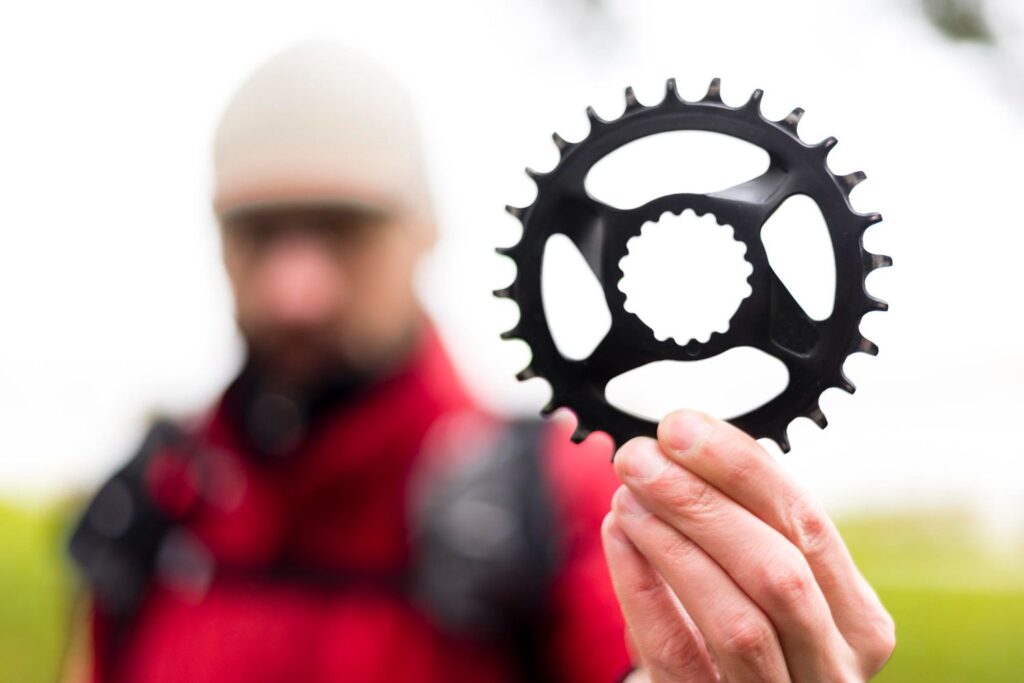Finding Your Focus: What to Upgrade First
Let’s be honest, upgrading your mountain bike (MTB) can feel like a daunting adventure. You want to improve performance, comfort, and style without making your wallet scream. So, where do you even start? Well, let’s break it down. It often makes sense to tackle upgrades that give you the most noticeable benefits for the least amount of cash.
Frame and Suspension Upgrades
If you really want to feel the difference on the trails, consider starting with your frame or suspension. A lightweight frame can make a world of difference when you’re climbing steep hills. While you might think upgrading to a fancy carbon frame is the only way to go, you can actually achieve lighter weight and better performance with aluminum frames that are budget-friendly.
For suspension, think about replacing worn-out shocks. Good shocks allow you to maintain control over rough terrain and absorb bumps. Upgrading to a quality set can enhance your ride tremendously, making every trail feel like a breeze.
Wheels: The Unsung Heroes
Wheels often get overlooked but upgrading your wheelset can lighten your bike and improve handling. Some riders suggest that a quality set of wheels can be the best performance upgrade you can make. Look for lightweight options, but keep your eyes peeled for good deals. Sometimes you can grab a great set during a sale!
- Consider wider rims: They offer better traction on trails.
- Look for tubeless setups: They’re lighter and more puncture-resistant.
- Don’t forget about spokes: Lighter spokes can reduce overall weight.
Drivetrain: Smooth Shifting Matters
The drivetrain is crucial for a smooth ride and easy shifting. If your gears are skipping or your chain is rusty, it might be time for an upgrade. You don’t have to go all out with a full groupset; replacing specific components can save you money while giving you a noticeable boost.
Chain and Cassette Replacement
One of the simplest and most cost-effective upgrades is replacing your chain and cassette. Over time, these components wear down, affecting the smoothness of your gear shifts. A new chain can be quite affordable, and when paired with a new cassette, you’ll notice your bike feeling as good as new.
Shifters
If your gear changes feel sluggish, consider investing in quality shifters. Good shifters ensure reliable performance without needing you to break a sweat. Plus, they often come with ergonomic designs that add to your riding comfort. It’s just one of those upgrades that makes you wonder why you waited so long!
Saddle Up: Comfort First
Let’s talk about something that many people neglect: the saddle. An uncomfortable saddle can turn your biking experience from exhilarating to excruciating in no time. If you find yourself shifting around on your seat more than enjoying the views, it might be time for a new one.
Saddle Selection Tips
Choosing the right saddle can be a personal journey. Here are a few things to keep in mind:
- Width: Find one that matches your sit bones. Most bike shops can help with measuring.
- Padding: More is not always better. The right amount of foam or gel can make a difference.
- Shape: Consider the type of riding you do. A more streamlined profile can be better for performance rides.
Brakes: Stopping Power Is Essential
Nothing spoils a ride faster than ineffective brakes. Upgrading your braking system can dramatically improve your bike’s performance and your confidence on steep descents. While high-end hydraulic disc brakes can be a major investment, look out for mid-range options that still offer impressive stopping power.
Brake Pads and Rotors
Sometimes all you need is a new set of brake pads and rotors. These components wear down over time, affecting braking efficiency. Make sure to replace your pads regularly, especially if you ride in wet or muddy conditions. The difference in stopping power can be like night and day!
Handlebars and Stem: Tweak Your Controls
Your connection to your bike is all about the handlebars and stem. If your setup feels awkward or uncomfortable, it’s worth considering an upgrade. Wider handlebars can give you better control and leverage, especially on technical trails.
Choosing Handlebars
When selecting handlebars, think about width and rise. The right width depends on your shoulder width. A wider bar can help with stability but may not be suitable for everyone. Experimenting is key here!
Grips and Pedals: Small Changes, Big Impact
Sometimes the smallest components could have the biggest impact on your ride. Upgrading grips and pedals can enhance comfort and efficiency. Think of grips as your direct contact with the bike. If they are worn out, you will likely have less control.
Choosing Grips
Look for grips that suit your riding style, and consider options that provide extra cushioning or are made from non-slip materials. A comfy grip can reduce fatigue, especially on longer rides.
Pedal Power
When it comes to pedals, you have two main types: platform and clipless. If you are not using clipless pedals yet, consider making the switch. These keep your feet firmly planted for maximum power transfer. But if you enjoy the freedom of platform pedals, invest in a set that offers good traction.
Accessories That Enhance Your Ride
While you are at it, consider some accessories that don’t break the bank but make your riding experience much better. Things like a quality multi-tool, a good helmet, and a reliable light can change your game.
Important Accessories
- Multi-tool: Always handy for on-the-trail adjustments.
- Helmet: Safety first! Look for one with a good fit and ventilation.
- Lights: Essential for early morning or evening rides.
DIY Maintenance: Skills to Save Money
If you want to keep your costs low, learning basic bike maintenance can be a game changer. Regular upkeep not only extends the life of your components, but it also means you’ll get to know your bike a lot better.
Essential Skills to Learn
- Cleaning your bike: A clean bike rides better and lasts longer!
- Lubing the chain: This is key for smooth shifting and drivetrain health.
- Fixing flat tires: One of the most basic yet essential skills to have.
YouTube is filled with great videos that can guide you step by step. Plus, you can impress your riding buddies with your newfound skills!
When to Seek Help
Sometimes, there are issues that simply require a professional. If your bike needs a complete overhaul or if a component fails, do not hesitate to seek help from a local bike shop. They can often save you money in the long run by addressing problems before they worsen.
Crafting Your Upgrades
As you make upgrades, keep in mind that every bike is unique. What works for one person might not work for you. Test out components whenever possible and make use of local bike shops for expert advice. Plus, don’t forget to check online marketplaces for second-hand deals; you can find some awesome treasures if you know where to look.
Conclusion: Enjoy the Ride
Upgrading your mountain bike doesn’t need to drain your bank account. Focus on key components that deliver the most significant improvements to your ride, and incorporate some DIY maintenance skills to save even more. The thrill of an upgraded bike is well worth the effort and investment. Happy riding, and remember to enjoy every moment on those trails!






